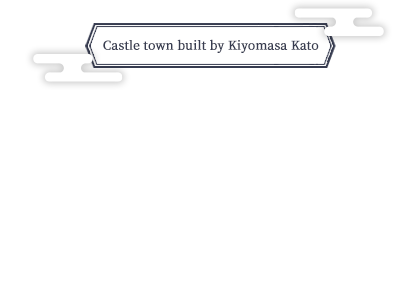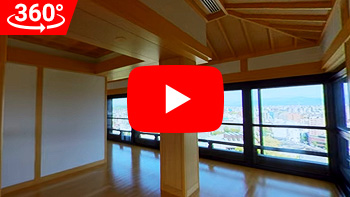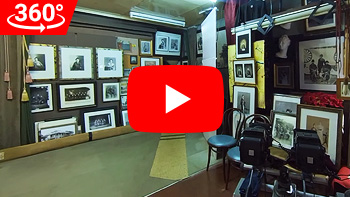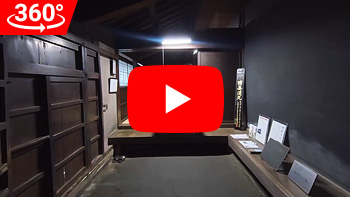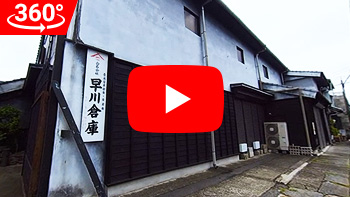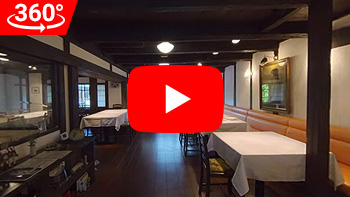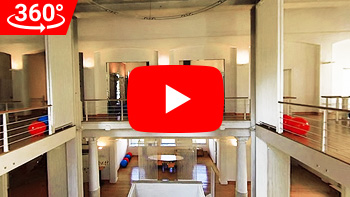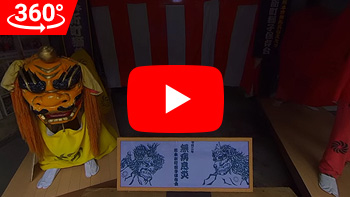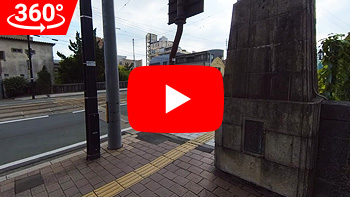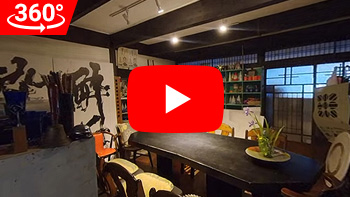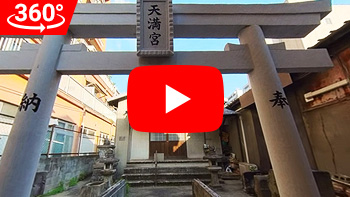
Now Loading...
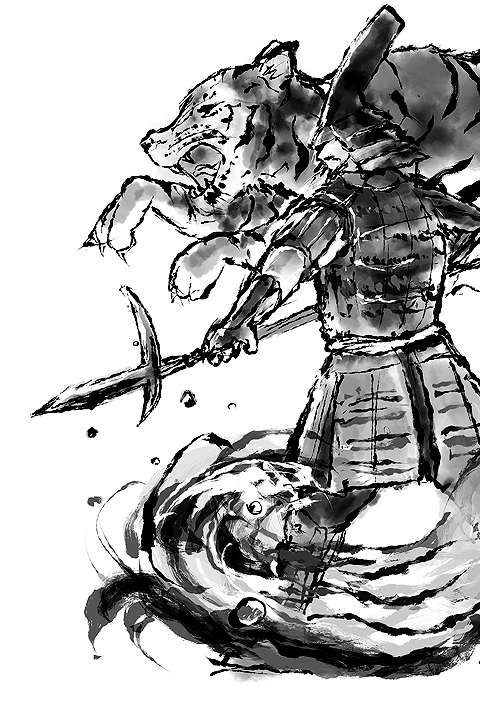
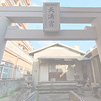
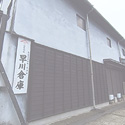


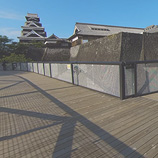
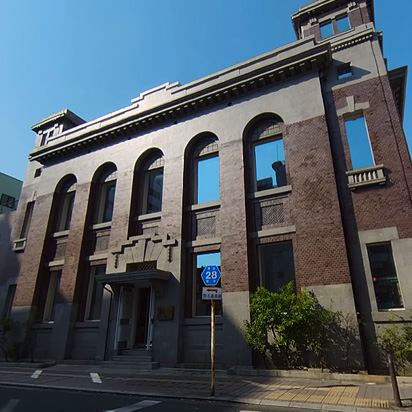


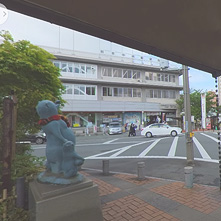


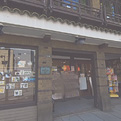
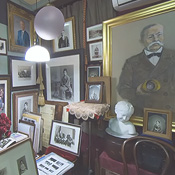
CONCEPT
360°VR tour of Kumamoto's
castle town, where nostalgia
and novelty coexist.
The castle town was built when Kumamoto Castle was constructed about 400 years ago, and is lined with stores that sell traditional crafts and foods unique to Kumamoto.
In order to let as many people as possible experience the charm of Kumamoto's castle town, we have created a 360-degree video that can be controlled to simulate a tour of the castle town from different viewpoints. The video includes the sound of the actual location, so you can feel as if you have really visited the place.
The video can be viewed anytime as long as you have an Internet connection and a device such as a PC or a smartphone.

Click on the markers of each spot on the map to view a 360° video.
-
1607
Kumamoto Castle
1-1 Honmaru, Chuo Ward, Kumamoto
With the complete restoration of the entire Tenshukaku, Kumamoto Castle is exhibiting its overall renewal from April 26., 2021. Now, visitors can enjoy top-floor views from this castle tower. -
1875
Meihachi Bridge to Coffee Gallery
2 Chome-14-2 Shinmachi, Chuo Ward, Kumamoto
Meihachibashi Bridge was the first eyeglass bridge in Kumamoto, built by Kangoro Hashimoto in 1875. The Coffee gallery in the vicinity is a two-story wooden building built in the Meiji period (1868-1912), which at that time was used as a store for rough goods and shaved bonito shavings. -
1877
Tomishige Photo Studio
2 Chome-8-5 Shinmachi, Chuo Ward, Kumamoto
This photo studio was opened by Rihei Tomishige in 1903. He was a pupil of Hikoma Ueno, one of Japan's first photographers, and left behind many valuable photographs, including those of Kumamoto Castle before it was destroyed by fire during the Civil War. -
1878
Yoshida Shokado
4 Chome-1-48 Shinmachi, Chuo Ward, Kumamoto
This apothecary has been in business since the Edo period, and "Shodokukeshiganyaku" are still manufactured and sold here today. The western side of the building is a townhouse, and the eastern side is a samurai residence, making it a landmark of this street area. -
1880
Hayakawa Warehouse
2 Chome-4 Yorozumachi, Chuo Ward, Kumamoto
It was built by the Okazaki family during the reconstruction of the Civil War as the Okazaki Sake Brewery. The three earthen storehouse buildings are currently used for warehousing and event space. -
early Meiji
Root's Purely
15 Nakatojinmachi, Chuo Ward, Kumamoto
Two of the three buildings are on the west side. There used to be a landing place and unloading in the basement. Currently, they are used as stores and restaurants selling organic products.
period -
late Meiji
Shio Kosho
13 Nakatojinmachi, Chuo Ward, Kumamoto
The eastern one of the three buildings, a two-story traditional townhouse, is currently used as a French cuisine restaurant and is an indispensable part of the Karajinmachi neighborhood landscape.
period -
1917
Nishimura Residence
10 Nishitōjinmachi, Chuo Ward, Kumamoto
After splitting off from the Kiyonaga family of the "Kiyonaga Honten" merchant house, the family operated an oil store, and a brick firewall has been built. The two-story storehouse faces the road on the south side of the property, and the main building is located across the courtyard. -
1919
PS Orangerie(Former Kumamoto Branch of the Daiichi Bank)
1 Nakatojinmachi, Chuo Ward, Kumamoto
It was built as the Former Kumamoto Branch of the Daiichi Bank and designed by Yoshitoki Nishimura. The building has two stories above ground and one below, with continuous arched windows and a beautiful exterior finished in stone and brick. -
1926
Shinmachi Hall
2 Chome-4-25 Shinmachi, Chuo Ward, Kumamoto
This townhouse facing Train Street is a gabled, two-story wooden building. The owner wishes the building to be utilized for the Shinmachi Shishimai lion dance, so it is used for lion displays and historical exhibits. -
Taisho
Nagasaki Jiro Bookstore
4 Chome-1-19 Shinmachi, Chuo Ward, Kumamoto
Founded in 1874 as a bookstore. It is said to have been popular with literary figures of the Meiji and Taisho eras, and Ogai Mori is said to have stopped by. The front part of the building was designed by Katsuya Yasuoka, with its distinctive use of color and Chinese-style patterns.
period -
1929
Senbabashi Bridge
2 Chome-9 Shinmachi, Chuo Ward, Kumamoto
The bridge is called "Senbabashi Bridge" (meaning "boat landing place") because there used to be a landing place of the Tsuboi River at this location. It is marked by a bronze statue of a raccoon dog, named after the Higo temari song "Anata ga tadokosa. -
1956
Uemura Genzou Store
3 Chome Uoyamachi, Chuo Ward, Kumamoto
The first generation, who trained at a hardware store that had been in business since the Meiji era, combined the residence and adjacent store into one building in order to open a new hardware store. It is currently used as a restaurant and store. -
1964
Shiraume Tenmangu Shrine
3 Chome-6 Saikumachi, Chuo Ward, Kumamoto
After passing through a narrow passage about one meter wide between private houses, you will find Tenmangu Shrine in a different kind of space. Every year at the festival and on the eve of the festival, the Fuujin Daikon (radish) is served. -
2020
Kumamoto Castle Reconstruction Observation Path
1-1 Honmaru, Chuo Ward, Kumamoto
This is a new 350-meter-long route for visitors to see up close the path of Kumamoto Earthquake restoration and the reborn Kumamoto Castle after overcoming the damage.

You can download and view the "Castle Town Walking Street Map" for tram tours via PDF, web browser, or app.
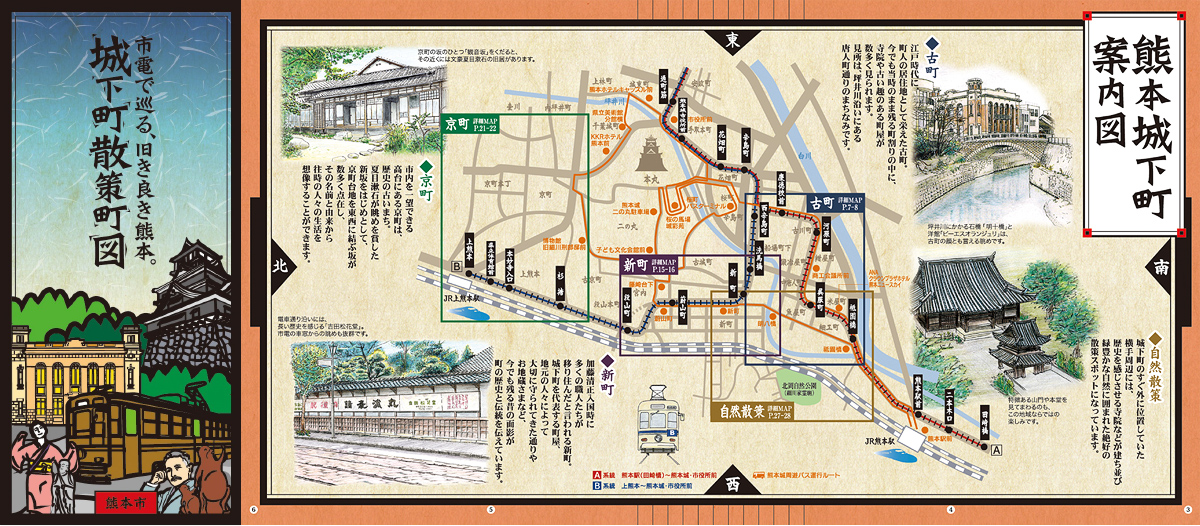
View in PDF
The castle town spreading out below Kumamoto Castle still has a rich history that has been handed down since the Edo period.
Why don't you slow down your pace, stop for a moment, and take a short trip around the castle town of Kumamoto by streetcar?

The map of the castle town is available at the Kumamoto City Tourist Information Center (Kumamoto City Tourist Guide HP (external link)), Aso Kumamoto Airport, and on the first floor of the Kumamoto City Hall.
View in electronic version (browser or app)
You can view the electronic version of the Castle Town Walking Street Map from your web browser on various devices such as PCs, tablets, and smartphones.
To view the map from your browser, please use the "ambula map" below (you can also download the application from the ambula map page)


Please check the location permission of the device you are using before use.



